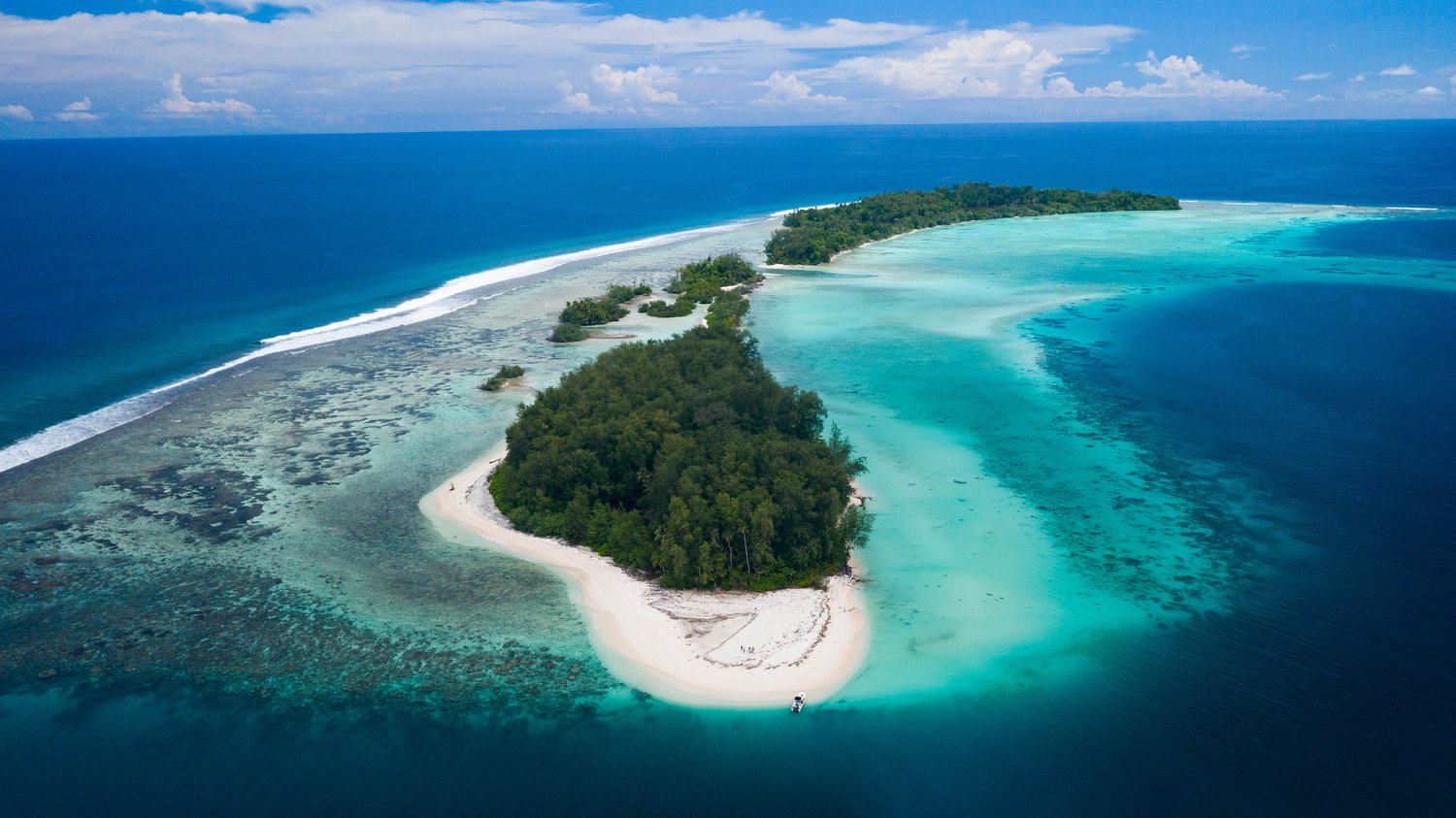Welcome to the Solomon Islands, a remote paradise of lush jungles, untouched reefs, WWII history, and living Melanesian traditions. This archipelago of nearly 1,000 islands offers something few places on Earth still can: authenticity without the crowds.
If you want turquoise lagoons, smiling locals, epic diving, and a genuine cultural experience—this is your secret Pacific escape.
📍 Where Are the Solomon Islands?
Located in Melanesia, northeast of Australia and east of Papua New Guinea, the Solomon Islands stretch across a vast swath of the South Pacific. The capital, Honiara, is on the island of Guadalcanal.
✈️ How to Get There
Main airport: Honiara International Airport (HIR)
Flights available from:
-
Brisbane, Australia (direct)
-
Port Moresby, Papua New Guinea
-
Tarawa (Kiribati) via Solomon Airlines
🛶 Getting around:
Travel between islands is mostly done by small planes, boats, or ferries. Some outer islands are very remote—bring patience and curiosity!
🛂 Entry Requirements
-
Visa-free or visa-on-arrival for many countries (including U.S., UK, EU, Australia, NZ)
-
Valid passport (6+ months)
-
Return or onward ticket may be requested
🏨 Where to Stay
Budget & Eco-Lodges:
-
Fatboys Resort (Gizo)
-
Agnes Gateway Hotel (Munda)
-
Saeraghi Eco Lodge
Mid-range:
-
Coral Sea Resort & Casino (Honiara)
-
Imagination Island Eco Resort
-
Sanbis Resort (Gizo)
Rustic & Remote:
-
Uepi Island Resort (Marovo Lagoon)
-
Zipolo Habu Resort (Lola Island, Vona Vona Lagoon)
🌿 Top Things to Do in the Solomon Islands
🌊 Dive WWII Wrecks & Coral Reefs
-
World-class wreck diving in Iron Bottom Sound (Guadalcanal)
-
Pristine coral reefs around Munda, Marovo Lagoon, and Gizo
🏝️ Island Hop the Western Province
-
Discover remote villages, waterfalls, and white-sand beaches
-
Explore Tetepare, the largest uninhabited island in the South Pacific
🏛️ Experience Living Culture
-
Visit local communities for custom dances, wood carving, and shell money
-
Learn about kastom (traditional law) and clan-based society
⚔️ WWII History Buff?
-
Tour battlefields, shipwrecks, and museums on Guadalcanal
-
See Japanese and American relics, and hear local wartime stories
🛶 Canoe through Marovo Lagoon
-
The world’s largest saltwater lagoon, full of marine life, is best explored by traditional dugout canoe or kayak
🍴 What to Eat
Traditional foods:
-
Fresh reef fish, taro, cassava, sweet potato
-
Coconut-based curries
-
Seafood with local greens (fern salad, slippery cabbage)
Try:
-
Poi (fermented taro paste)
-
Crab curry
-
Coconut water straight from the nut
📶 Practical Info
-
Currency: Solomon Islands Dollar (SBD)
-
Language: English (official); Pijin widely spoken; dozens of local languages
-
Electricity: 230V, Australian/NZ-style plugs (Type I)
-
Transport: Small aircraft, outboard canoes, ferries, minibuses
-
Internet: Limited and slow outside Honiara—disconnect and enjoy!
-
Best Time to Visit: May to October (dry season)
🎉 Festivals & Traditions
-
Shell Money Festival (Malaita): Celebrates the local shell-based currency and trading culture
-
Solomon Islands Independence Day (July 7): Traditional dancing, canoe racing, and village feasts
-
Lagoon Festivals: Cultural showcases held in Marovo and Roviana regions
🌺 Why Travel to the Solomon Islands?
Because here, you can snorkel over sunken warships, watch dolphins from a canoe, and share a meal in a village with no internet—all in the same day. The Solomons are not for the luxury seeker, but for the curious, respectful, and adventurous traveler, they’re an absolute treasure.
Would you explore ancient cultures, dive forgotten wrecks, or live simply on a wild Pacific island?
Tag someone who’s ready to unplug and go deep 🌿🌊🛶

One thought on “Travel to the Solomon Islands: Raw Beauty, Rich Culture, Real Adventure”